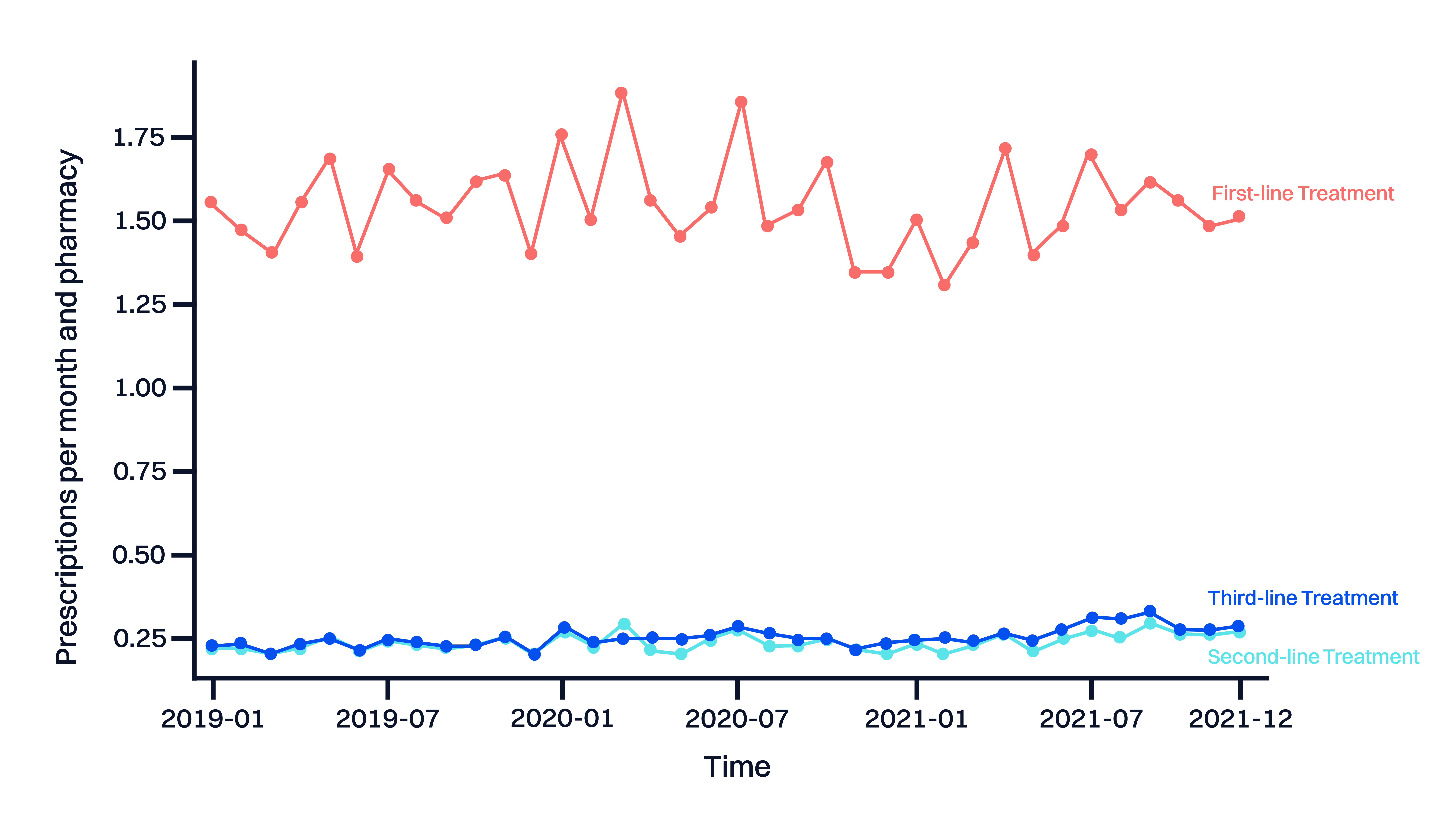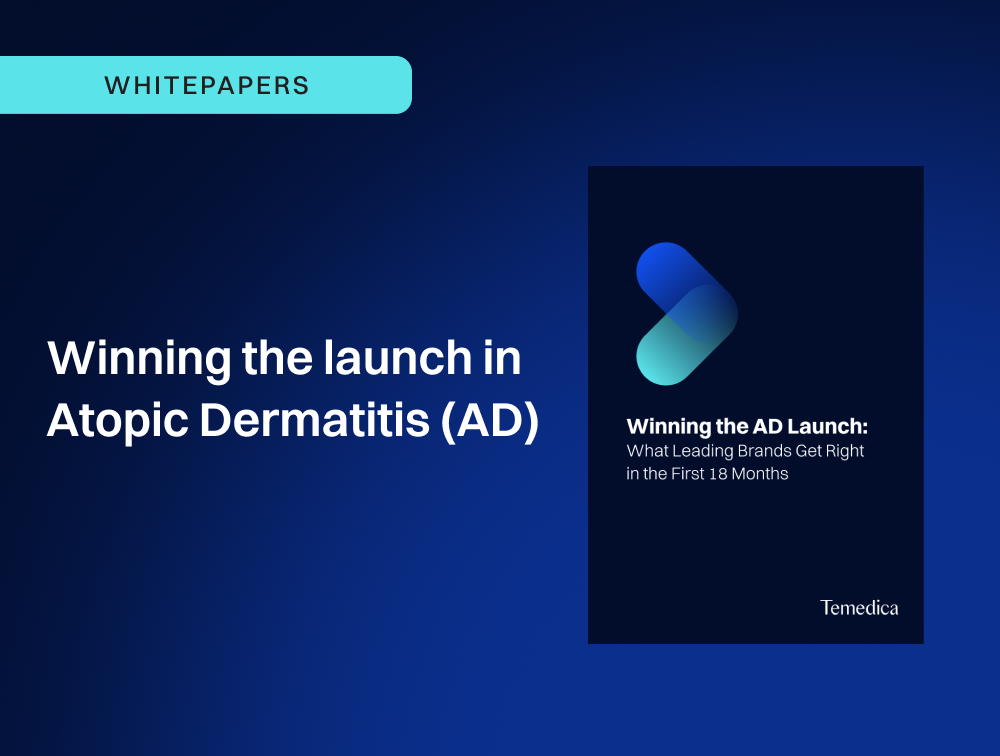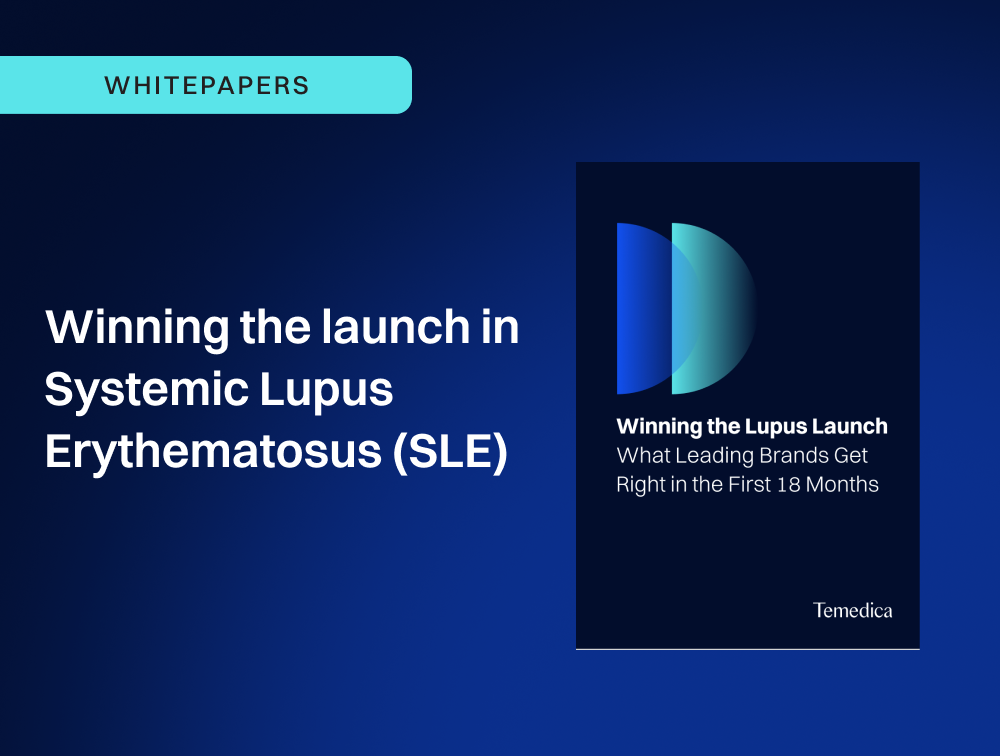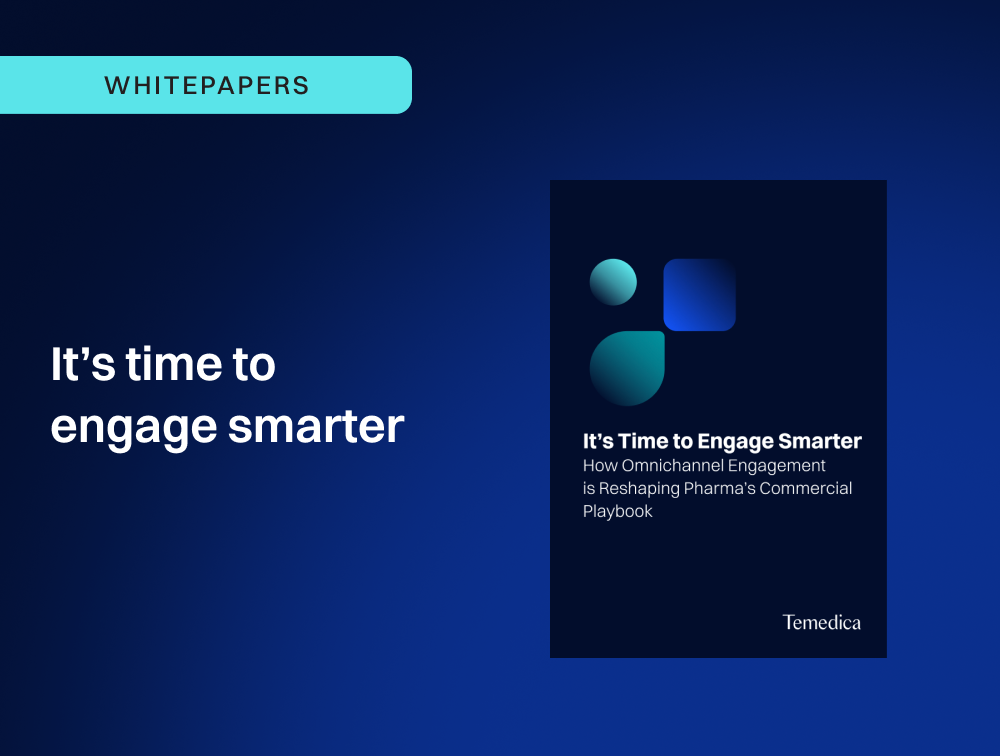MS medication patterns amid COVID: the power of real-world healthcare insights
The COVID-19 pandemic highlighted real-world data's vital role in understanding patient behaviour and maintaining treatment adherence during crises. Through the analysis of MS medication patterns, we see how patients remained committed to their treatment amidst uncertainty. This illustrates the significance of utilizing real-time data for informed healthcare decisions, resource optimization, and personalized patient care, ensuring the healthcare system's readiness and adaptability in global emergencies.
Real-World Evidence: A crucial tool for healthcare decision-making during global health crises
Real-world evidence from multiple data sources provides a 360-degree view of the patient to all healthcare stakeholders. The significance of these insights grows during a major public health disruption, including but not limited to pandemics. Such a crisis demands rapid, data-driven decisions to ensure continuity of care and optimal patient outcomes. This has become abundantly clear during the COVID-19 pandemic. The number of emerging scientific questions surpassed the capacity to conduct clinical trials. Consequently, real-world evidence (RWE) studies became the primary source during the COVID-19 pandemic that provided information on patient symptoms, the influence of patient characteristics, and risk of morbidity and mortality [1, 2].
Building on the importance of such data, let's look at a specific case — the impact of the COVID-19 pandemic on patients with multiple sclerosis (MS). For patients battling chronic inflammatory diseases like multiple sclerosis (MS), the pandemic added another layer of complexity and concern. Many were apprehensive about the potential negative effects of taking immunosuppressive drugs with the combined risk of a COVID-19 infection. This is why healthcare experts potentially expected a decline in MS drug prescriptions. But without hard data, MS medication usage remains a mystery. Did patients use medications less? Did they drop out of treatment? And what can we learn for future pandemics?
The impact of the COVID-19 pandemic on MS patients
To answer these questions, the research team at Temedica analyzed patient-level pharmacy data from 2019-2021 that is accessible through the Permea platform [3]. The data covered approximately 44% of all community pharmacy dispensing in Germany, encompassing data from 539,400 prescriptions.
The analysis showed that the sales for MS medications increased rapidly shortly before the first lockdown in 2020 - with a maximum of 998 prescriptions for a single day (see dark dots in figure 1). After the first lockdown started, sales numbers rapidly decreased to average levels again with a similar pattern to that in 2019 [3]. This behavior was not observed before the second lockdown.
Monthly data also revealed significant fluctuations in MS drug sales, especially for the drugs for first-line treatment. However, the overall sales level for these drugs remained at a similar level throughout the study period (figure 2), which indicates strong adherence to the drugs despite uncertainties surrounding the pandemic.

Figure 1: Before the first lockdown, sales of MS medication saw a sudden spike, something that wasn't observed during the second lockdown in November 2021 or in previous years.

Figure 2: Monthly data showed a high variability of MS drug sales, especially for drugs used for first-line treatment. However, the overall sales level remained at a similar level throughout the study period.
Broader implications and the power of real-world data
The case of MS medication sales during the COVID-19 pandemic demonstrates the value of monitoring real-time patient-level data. Such data offers insights into patient behavior and decision-making during uncertain times, which can be invaluable in guiding the stakeholders of the healthcare system, not just for specific conditions like MS, but more widely during public health crises.
Just as we see how these insights give a good understanding of MS patients' behavior, similar data-driven approaches can provide a more comprehensive picture across various facets of healthcare during any public health crisis. During the early stages of a pandemic caused by a viral infection, HCPs might identify an uptick in patients with respiratory symptoms. Without clear guidelines and under pressure, they might over-prescribe antibiotics, even though these are ineffective against viruses. Real-world data (RWD) can quickly highlight spikes in antibiotic prescriptions during viral pandemics, prompting targeted education for clinicians about appropriate treatments. By analyzing real-world prescription trends, health authorities can intervene promptly, ensuring the appropriate use of antibiotics. This benefits both the healthcare system and the patient. By monitoring drug sales of OTC medications, RWD can also detect surges in self-medication practices. These trends, combined with tuning into patient conversations, could help public health agencies identify misinformation and quickly disseminate accurate information to the public, and can issue warnings about the dangers of unsupervised medication use, if needed. There are indeed numerous advantages to timely insights on prescription data (see table 1).
Benefits, effects and beneficiaries of access to real-world data during a pandemic
|
Benefit |
Effects |
Beneficiaries |
|---|---|---|
|
Informed decision making |
Reassurance for HCPs that public health disruptions may or may not lead to reduced medication adherence. |
Healthcare providers, insurers |
|
Resource allocation |
Accurate forecasting and inventory management, reducing waste and costs. |
Pharmacies, life science companies, patients |
|
Patient care strategies |
Guide strategies for patient care during public health disruptions. |
Pharmacies, life science companies, healthcare providers |
|
Policy formulation |
Insights into the resilience of healthcare systems to inform decisions related to contingency planning and resource distribution. |
Policymakers, insurers |
|
Psychological impact assessment |
Insights-based evaluation of mental health impact. |
Policymakers |
The COVID-19 pandemic has shown that real-world insights are critical in navigating the complexities of healthcare decision-making, especially during unprecedented public health crises. As traditional clinical trials struggle to keep pace with scientific questions during a pandemic, real-world insights can fill the gap, offering vital insights into patient symptoms, characteristics, and outcomes. As demonstrated by the case of MS medication sales, the capability to monitor and analyze patient-level data in real-time can unveil critical patterns of behavior, adherence, and decision-making. Not only does this empower healthcare stakeholders with a comprehensive understanding of specific conditions, but it also allows them to respond more quickly to dynamic and evolving situations. In essence, the integration of real-world data into our healthcare system is not just a valuable addition; it's essential to ensure the well-being of patients and the resilience of healthcare systems in the face of a challenging crisis.
The integration of real-world data into our healthcare system is not just valuable, but essential. At Temedica, we operate Europe's leading ecosystem for real-world insights in the healthcare sector, merging anonymized health data to offer a 360° patient understanding to all healthcare system stakeholders.
👉 Learn more about our Permea solutions or follow us on LinkedIn for updates.
References:
[1] Petrilli, C. M., Jones, S. A., Yang, J., Rajagopalan, H., O’Donnell, L., Chernyak, Y., … Horwitz, L. I. (2020). Factors associated with hospital admission and critical illness among 5279 people with coronavirus disease 2019 in New York City: prospective cohort study. BMJ (Clinical Research Ed.), 369, m1966. doi:10.1136/bmj.m1966
[2] Kaciroti, N. A., Lumeng, C., Parekh, V., & Boulton, M. L. (2021). A Bayesian mixture model for predicting the COVID-19 related mortality in the United States. The American Journal of Tropical Medicine and Hygiene, 104(4), 1484–1492. doi:10.4269/ajtmh.20-1147
[3] Orschiedt, J., Jacyshyn-Owen, E., Kahn, M., Jansen, S., Joschko, N., Eberl, M., … Ziemssen, T. (2023). The influence of the COVID-19 pandemic on the prescription of multiple sclerosis medication in Germany. Biomedecine & Pharmacotherapie [Biomedicine & Pharmacotherapy], 158(114129), 114129. doi:10.1016/j.biopha.2022.114129
-4.png?width=2000&height=1031&name=Blog%20(2)-4.png)




